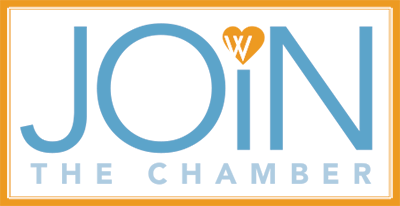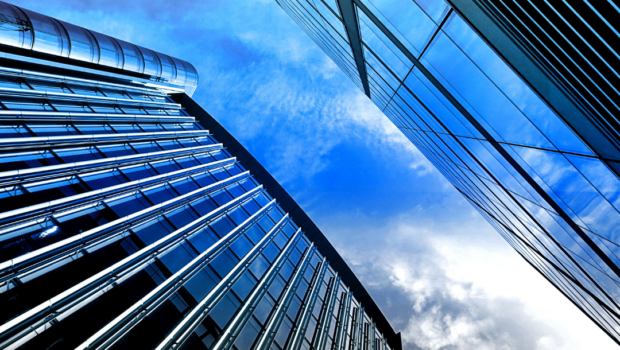By David Sullivan
Director of Economic Development & Business Recruitment
New building energy codes for new commercial and residential con- struction and renovations may be coming to Worcester. Some new regulations have already arrived.
The new “stretch code”, a building energy code automatically adopted by 300 Massachusetts cities and towns including Worcester, came into effect July 1. However, there is a more energy efficient version with stricter regulations called the “specialized code” which might be proposed for the City of Worcester to adopt.
There is a lot of jargon surrounding these phrases. What do the code changes mean for business owners, residents, the city, and our environment?
DETAILS OF NEW STRETCH CODE CHANGES
There are three levels of building energy codes for municipalities to adopt in Massachusetts – the base code, the stretch code, and the specialized stretch code, the latter of which a municipality must opt into by a vote of their city council or town meeting. Starting from the base, each level becomes more energy efficient, and the regulations become stricter.
The base code is updated every three years, using national recommendations that are the standard for energy codes across the country. Massachusetts was the first state to adopt a stricter version of the base code – called the stretch code – as part the Green Communities Act of 2008. The 300 cities and towns in Massachusetts that opted for a “Green Community” designation under the law automatically adopt the stretch code whenever it is updated. These communities in turn receive funding from the state for energy efficiency initiatives. Worcester is a stretch code community.
One of the most impactful stretch code changes that came into effect July 1 is that the code will apply to not just new construction, but also to home renovation and addition projects of over 1,000 square feet. That means if one part of a house over 1,000 square feet is built or redone, the entire house must be updated for the new code.
The other big changes include all new multifamily buildings being required to have 20% of their parking spaces pre-wired for electric vehicle charging and all roofs being designed to mount solar panels. The EV and solar requirements are only for new construction, though, not renovations. Historic properties are exempt from the stretch renovation requirements.
The 2023 stretch code focuses on heating and cooling efficiency by requiring continuous insulation, high-performance windows and doors, high-efficiency ventilation, and air-tight building enclosures.
While construction to meet the new stretch code may cost more, these required energy efficient upgrades make buildings more sustainable in terms of environmental impact and utility costs. The MA Department of Energy Resources (DOER) estimates that a typical single-family home in Worcester might cost 3% of the total building value upfront to upgrade to meet the new code requirements, such as installing heat pumps or insulation, but utility cost savings may cover and exceed these costs. DOER estimates a typical 2,100 square-foot house built for the new stretch code could save the resident $1,000 annually in utility bills and reduce greenhouse gas emissions by at least two tons of CO2.
THE SPECIALIZED CODE
Beyond the stretch code, there is the specialized code, which, as of the time of publishing, has only been adopted by 16 communities in Eastern Massachusetts, including Boston.
According to the DOER – the agency that updates building energy codes statewide – the specialized code is intended to help the state meet its goal of having net-zero carbon emissions by 2050. With increasing severe weather events and temperatures worldwide, the Commonwealth is looking to be a leader in reducing greenhouse gas emissions from buildings.
As a result, the goal of the specialized code is to fully electrify all buildings affected by the code. Under the specialized code, homes would have to adhere to stricter sustainability ratings called HERS ratings, and new homes over 4,000 square feet would have to be all-electric. For multifamily development, all new buildings over 12,000 square feet would need to achieve Passive House design standards, which would increase building costs by between 1 to 4% but reduce energy usage for heating and cooling by up to 90%, according to Passive House Massachusetts.
There are no new requirements under specialized code that would apply to renovations of existing buildings. The stretch code renovation requirements would apply though.
The City of Worcester has not opted into the specialized code. To opt in, the city manager’s administration will have to make a proposal to the city council, with adequate public notice and city council committee hearings on the topic before taking a majority vote of the council to approve. If adopted, the specialized code regulations would likely take effect in early 2024.
However, there is the possibility that the state may make the current specialized code the next stretch code in the next couple years, without the City Council needing to vote to adopt. Worcester would automatically adopt this stricter code as a designated stretch community.
The city’s administration is currently evaluating the costs and benefits of the specialized code, but it is not yet clear whether they will propose its adoption. They are already looking into ways to help homeowners and developers adjust to the new stretch code by notifying them about available incentives through agencies like Mass Save.
Questions remain, however, about the electric grid’s capacity to handle rapid electrification of the building stock, and whether many small landlords and homeowners can afford the new stretch code requirements. Low-income tenants could end up having to help pay for upgrades through increased rent, while new construction of units becomes more expensive, exacerbating the issues of rising housing costs caused by low housing availability.
The Chamber will continue to work with city hall and update its members on any potential changes to the building energy code, such as the Construction & Real Estate Roundtable that was held for members August 8 with DOER.
For more information, visit DOER’s webpage at www.mass.gov/info-details/ building-energy-code.





